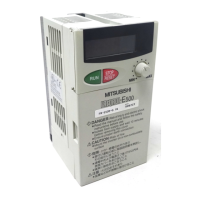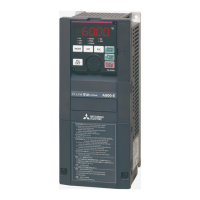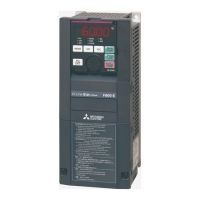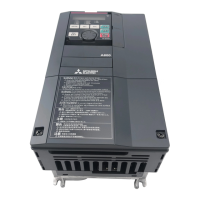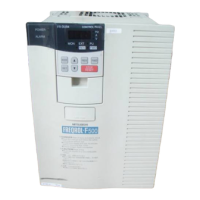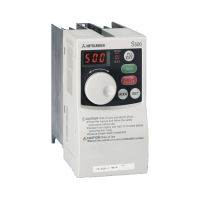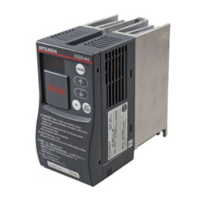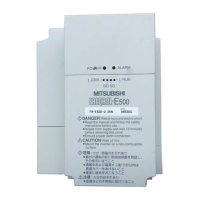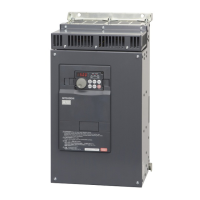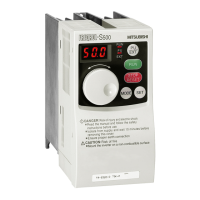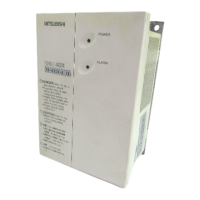What to do if the control panel display is not operating on Mitsubishi Inverter?
- JJoseph MayerAug 1, 2025
If the control panel display of your Mitsubishi Inverter is not operating, begin by ensuring that the control panel is securely connected. Then, check for any short circuits across the PC-SD terminals. Finally, verify that the wiring and installation are correct.
